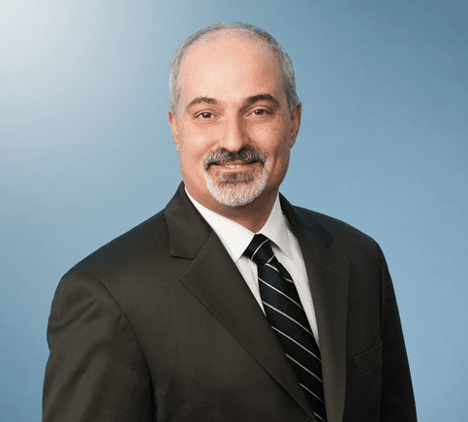News
 Medical Loss Ratio and Dental Plans: NADP’s Position
Medical Loss Ratio and Dental Plans: NADP’s Position
By Mike Adelberg, NADP Executive Director
I recently had the pleasure of attending NADP’s annual leadership conference. At this year’s conference, the top item of discussion was Medical Loss Ratio (MLR) requirements, a regulatory construct for medical plans, and whether it should be applied to dental plans. MLRs of 80 or 85% became a national requirement for medical plans a decade ago with the passage of the Affordable Care Act. Medical plans gained tens of millions of new federally financed members in exchange for accepting MLR.
The idea of applying MLR to dental plans has been sporadically discussed over the last decade. A few states passed dental MLR laws, but these laws do not arbitrarily apply the ACA standard of 80-85% to dental plans. Then, last November, without the benefit of a legislative process in which professionals consider pros and cons, an 83% MLR for dental plans was passed into law in Massachusetts via a public ballot. Now, a handful of state bills suggest the Massachusetts mistake could be repeated.
NADP believes the Massachusetts public ballot language is bad public policy that will not achieve intended consumer and dental community benefits.
At its core, MLR presumes that paid claims are “good costs” and plan administration is “bad cost.” If a plan has too few good costs vs. bad costs, it is penalized by having to rebate the difference. But dental plan premiums are tiny (less than 10% of medical plan premiums), so any rebates will be tiny. The administrative cost of distributing the rebates might exceed the value of the rebates.
For a consumer who requires dental care, the potential for a small rebate is countered by vastly higher cost-sharing. Imagine if a dental plan that pays $1,250 for a crown now pays $1,500 to raise the plan’s “good costs” and meet the required MLR. That consumer, who might have 50% cost sharing for this service, pays half of this cost increase ($125). And if that consumer exceeds the plan’s annual maximum because of inflated payments, then the consumer pays 100% of additional costs.
Further, broad networks cost more to administer than narrow networks. Consumers (and dentists) that want dental plans to contract with any willing provider may find that arbitrarily high MLR limits the ability of dental plans to do so. 80%+ MLR could make it harder for consumers to see the dentist of their choice.
An 80%+ MLR for dental plans is not pro-consumer. It raises cost sharing and limits provider choice.
Dental plans will scramble to cut administrative costs if an 80%+ MLR is imposed. When they do so, plans will take a hard look at their largest administrative costs – including member and provider call centers and claims processing. Cutting administrative costs will impact member and provider services.
Nobody, not even dentists, benefit from diminished plan services.
I had a ringside seat at the two biggest healthcare fights of this century—the ACA and Medicare Part D. From these experiences, I learned that it is never enough to oppose; you must listen to your opponents and seek common ground. So, to advocates of applying an 80%+ MLR to dental plans, I say this: NADP believes that MLR approaches based on good industry practices and the financial realities of dental (not medical) insurance may have merit. Let’s have an honest, results-focused conversation.
In the meantime, NADP will vigorously oppose the imposition of medical loss ratios for dental plans arbitrarily set at medical plan levels. NADP will be increasingly involved in state-level legislative efforts to fight MLR requirements for dental plans in alignment with our mission to improve consumer access to affordable, quality dental care.




